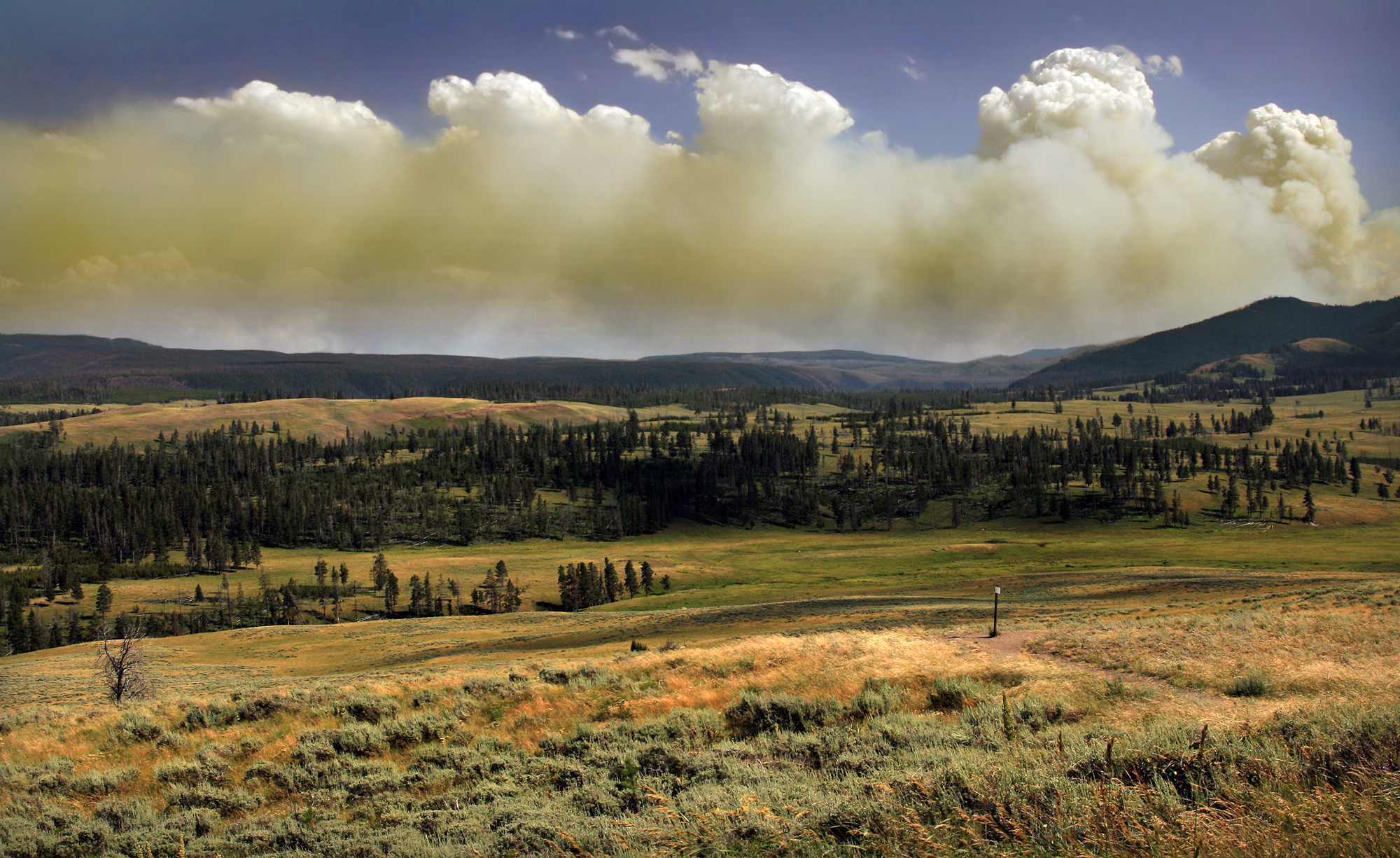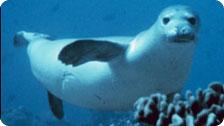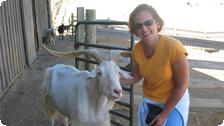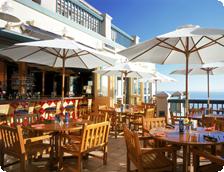Having worked in the field of education, the founders also wanted to combine travel with stimulating educational opportunities. With these principles in mind, they established Elderhostel (Elderhostel.org) as a nonprofit organization way back in 1975.
In the early years, Elderhostel programs were offered only within the USA and Canada, and usually took place on college campuses. But the organization has grown exponentially and now offers nearly 8,000 programs each year around the world to adults 55 years of age and older!
Elderhostel programs fall into different categories that appeal to different interests. Some of the options listed by category include:
• Active Outdoor: hiking, bicycling, skiing, dogsled mushing, water sports
• Discover: exploring national parks, signature cities, festivals
• Individual Skills: art, music, languages, cooking
• Intergenerational: with grandchildren
• Liberal Arts: short courses in social sciences, philosophy and religion
• Service Learning: community service projects, building housing, restoring forest habitats
The programs are rated by activity level, and I was surprised to see that activity levels 4-6 are actually quite vigorous. Level 4 requires participants to be able to handle 3-5 hours of physical activity per day and walk 3-5 miles at a 2.5 mile per hour pace over uneven ground. Level 5 ups the ante to 6 hours of strenuous, moderate to fast-paced activity per day, equivalent to hiking six miles at a three-mile-per hour pace over varied terrain.
Have you tried taking any six-mile hikes at that rate of speed recently? I’ve gone on similar hikes with some much younger people and it’s been a good challenge for all of us. Elderhostel’s top activity level requires some minimum level of expertise in the particular program activity, plus full days of fast-paced, strenuous physical challenges.
Since I do love to hike, a level 5 program would have been an optimum choice for me.
But as it happened, there was a less active Discover trip to Yellowstone that coincided with my availability to travel in mid-September. Yellowstone is one of the top places that I had been planning to visit this year. Since the timing was right, I decided to go ahead and take this opportunity to see it.
Advantages for Solos
My primary reason for going on an Elderhostel trip was to check out whether this is a comfortable, viable option for women my age who are traveling alone. To this question, I can give a strong affirmative, yes!
Elderhostel takes most of the stress out of traveling. They arrange accommodations, food, guides and activities. That’s fairly typical of organized trips. But whereas some organized trips attract mostly couples, Elderhostel seems to attract a combination of people, including couples, friends, and singles traveling alone.
On this particular trip, I was one of two solo travelers. I met the other solo woman, Barbara, while we were waiting for a shuttle to take us from the Bozeman airport to our motel in Gardiner, Montana. Barbara is a veteran traveler and had already participated in 12 Elderhostel programs. Sometimes, she travels alone and sometimes with a friend. She told me that her other Elderhostel trips generally included more solo women travelers.
The program coordinator, Dorothy Ann, was waiting to greet us when we arrived at the motel. She had welcome packets of information and gave us her room number, telling us to call or come see her with any questions or problems.
Some of the other participants in this program were single people that had met each other on previous Elderhostel trips. Four women friends from Marin County in California had met each other in a walking group from one of the local community colleges, and then started going together on Elderhostel programs. I also enjoyed talking to two of the married couples in the group. It didn’t seem to matter whether people were traveling alone or with others, I felt like they were open and welcoming.
Like many of the Elderhostel programs, this program included an educational element, which was conducted in association with the University of Montana Western. Having some classroom lectures in addition to the guided hikes helped to make me feel more comfortable as a solo participant. It’s a bit like being a student attending a class at university. You don’t feel that you need someone else to attend a class with you. And the shared experience of learning makes it easier for people to start talking to each other.
Our instructor, Leslie, is a naturalist, guide, birding expert, and cross-country skier—an enthusiastic and engaging lecturer. Her classroom talks, which were held in the evenings after dinner, were illustrated with maps, photos, animals bones, rock samples and movies. She also arranged for us to visit the Yellowstone Heritage and Research Center, including the special areas with artifacts and archives that are normally closed to the public.
During our visit to the Research Center, we were treated to a guest lecture from the park historian, Lee Whittlesey, who has published a number of books about Yellowstone and was an amazing raconteur. After listening to him talk, I’m anxious to read his books, particularly, Death in Yellowstone: Accidents and Foolhardiness in the First National Park.
Both Leslie and Dorothy Ann were very warm and made a point of circulating and talking with everyone. So I never felt lonely, always had someone to sit with at meals, and someone to talk to when I felt like it.
When we had free time, I deliberately chose to spend that time by myself, visiting the local Internet café (Raccoons Ice Cream). But I could just as easily have spent the time having coffee and chatting with other group participants.
Discovering Yellowstone
What did I know about Yellowstone before my visit? Not much. Wild animals and the world famous Old Faithful geyser. I hadn’t realized that Yellowstone was the first national park in the entire world or that it encompasses a huge caldera, a collapsed volcano. Catastrophic eruptions occurred here about 2 million years ago, then 1.2 million years ago, and then 600,000 years ago. This is still a very seismically active area, with frequent small-magnitude earthquakes.
I learned a lot more about the “hot spot”—the bubbling pool of molten lava—that underlies Yellowstone and influences the geography of the area. There are more than 300 geysers in Yellowstone. That’s more than all the geysers in the entire world. There are also bubbling mudpots and steaming fumaroles, with fumes smelling unpleasantly of rotten eggs. These intriguing, though somewhat hellish, scenes are interspersed with generous swathes of green forest, and fresh flowing rivers.
Before touring the park, Leslie gave us some background about the geology, which helped to enhance our appreciation of what we were seeing when we passed by the obsidian cliffs, visited the travertine terraces, and later viewed the pink and coral rhyolite in the Yellowstone Grand Canyon. The rhyolite-laced, dramatically colorful canyon walls make the Lower Falls a favorite of artists who have painted scenes of Yellowstone. It was my favorite spot, too.
Rutting Bull Elk
The September timing of our trip was advantageous in several ways. Summer crowds had vanished, the aspen foliage was beginning to dot the forested areas with sunny spots of gold, and it was rutting season for the bull elk.
Not a shy animal, the elk are so entranced by the apparently delicious lawns of Mammoth Village that they are willing to camp out between the Mammoth Post Office and Visitor Center in the midst of gawking tourists. The elk were close enough that binoculars were unnecessary.
It was easy to identify the dominant bull elk by his massive size, enormous antlers, and aggressive manner. He was charging around, herding wayward female elk into the huge harem he had claimed for himself. His head lifted high, he emitted a high bellowing whistle, known as “bugeling,” to proclaim his domain and warn off any challengers. The ranger told us that this particular bull elk had killed another bull elk the previous day.
Although we had watched the elk briefly in the afternoon, Leslie suggested that we return again at dusk since this was such a unique opportunity. The bull elk seemed to be particularly frisky then, stomping about first in one direction and then another. Maybe dusk is the time that other bull elk were likely to appear.
The ranger reminded us to keep our distance, warning that someone had recently been hospitalized after a close encounter. It was a briskly cold autumn evening and there weren’t many tourists. Some of our group had remained on the bus to keep warm. The rest of us were sufficiently intimidated by the size and the speed of the bull elk to stay huddled next to Leslie, across the street from where the bull was tromping about.
But as we watched, a young man—I daresay a woman would not be so foolhardy—suddenly appeared, camera in hand, trying to go closer to the bull elk. When the bull charged toward him, he couldn’t run away fast enough. Before our eyes, he was tossed up into the air. We held our breath and the ranger was getting ready to call the medics. But the fellow got up and signaled us that he was ok before he sidled away and disappeared.
Repeat Customers
A clear indication that Elderhostel is doing things right was the high number of participants that had been on previous Elderhostel trips. People like the combination of education with travel. Of the 32 participants, only five of us were participating for the first time.
The four newbies other than myself were a group of Irish brothers. Three of them live in Ireland, and the one brother who lives in California thought this would be a good idea for their yearly get together. During our last evening, people were invited to give comments on the program, and the Irish brothers all said that they would be coming back for more Elderhostel programs in the future.
There are so many Elderhostel programs to choose from and they are constantly adding more. I definitely think you’ll be able to find something that will suit you, too.
For more information on Elderhostel, visit www.elderhostel.org or call 877.426.8056.












